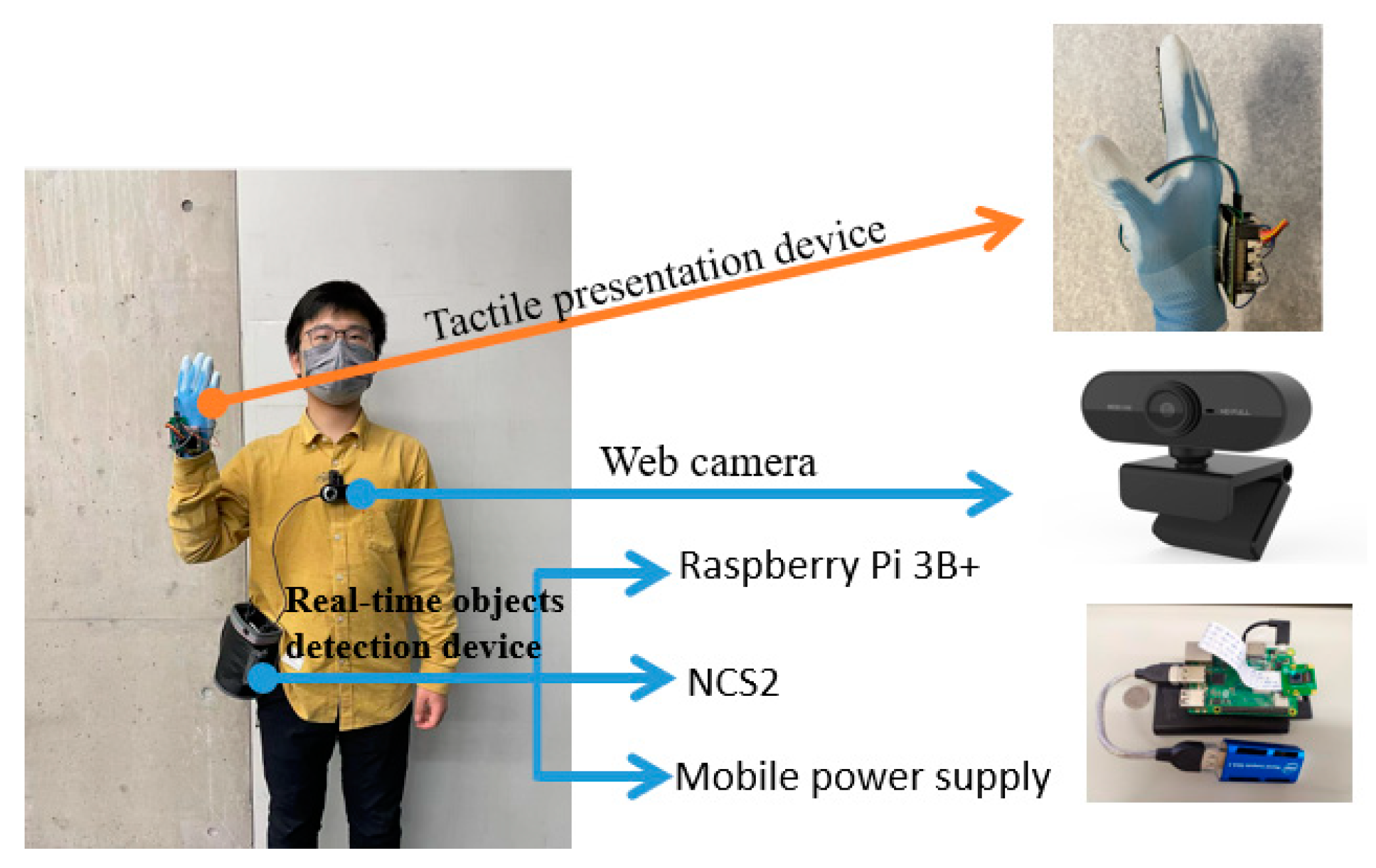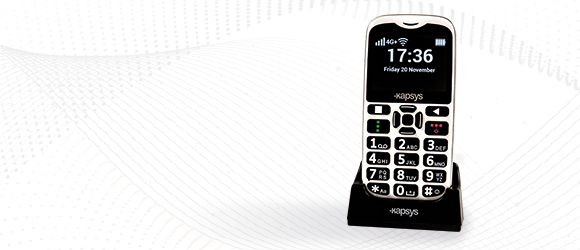Enhancing Lives With Advanced Assistive Gadgets for the Blind
The combination of sophisticated assistive devices for the blind is transforming how individuals experience their surroundings and connect with their neighborhoods. What does this development suggest for the future of assistive technology and its duty in encouraging people?
Review of Assistive Gadgets
Assistive gadgets for the blind encompass a diverse series of modern technologies and devices designed to improve independence and boost the top quality of life for people with aesthetic problems. These tools satisfy numerous needs, from navigation and mobility to communication and daily job administration.
One of the key classifications of assistive tools includes flexibility help, such as white walking sticks and guide canines, which help customers navigate their surroundings safely. Digital travel aids, furnished with sensing units and audio comments, additionally play a considerable function in movement improvement.
Additionally, devices that help with day-to-day living activities, such as flexible kitchen devices, Braille labels, and talking watches, encourage individuals to carry out jobs separately. Communication help, consisting of screen visitors and Braille display screens, promote access to information and allow individuals to engage successfully with the electronic globe.
Additionally, low-tech remedies like magnifying glasses and large-print materials remain vital for many individuals. Jointly, these assistive gadgets offer not just as sensible tools however likewise as essential enablers of freedom, cultivating better engagement in a world that usually prioritizes sighted experiences. Their assimilation into day-to-day live is important for promoting inclusivity and enhancing general health for those with visual disabilities.
Ingenious Technologies being used
Technology in modern technology has considerably transformed the landscape of devices offered for people with visual disabilities. Among the most notable advancements are smart glasses integrated with enhanced truth, which supply real-time navigating help and item recognition. These devices leverage progressed cameras and expert system to supply acoustic hints, enhancing the user's spatial understanding and freedom.
In addition, mobile applications have actually emerged as effective sources, allowing users to identify money, checked out message out loud, and browse strange settings with verbal guidelines. Devices such as Braille displays and refreshable Braille gadgets remain to evolve, providing smooth connectivity with mobile phones and computers, thereby boosting communication and accessibility to details.
Wearable innovation, including smartwatches equipped with voice-activated functions, even more empowers individuals by helping with quick accessibility to alerts and signals without requiring aesthetic engagement. Responsive maps and 3D printing are likewise gaining traction, supplying concrete depictions of areas that help in positioning and mobility training.
Collectively, these cutting-edge innovations not only boost the daily lives of aesthetically impaired individuals but likewise foster greater self-reliance, inclusivity, and engagement with the wider area, consequently improving perceptions of availability. (Screen readers for the blind)
Personal Stories of Empowerment
Empowerment typically arises from individual experiences that highlight the transformative impact of innovation on people with visual disabilities. Take, for example, the tale of Sarah, a young musician who regained her enthusiasm for paint via making use of a smart cane outfitted with challenge discovery. This gadget not just facilitated her flexibility however instilled a newfound confidence, allowing her to browse public rooms separately and seek her innovative undertakings.

These narratives highlight the extensive effects that advanced assistive gadgets can carry day-to-day live. By allowing people to overcome barriers, innovation cultivates a sense of autonomy and self-regard. Such empowerment stories serve as a testament to the possibility of innovation, showing just how the right devices can considerably improve high quality of life and open doors to new opportunities for those with aesthetic impairments.
Benefits of Advanced Solutions
Just how can progressed options basically boost the lives of individuals with aesthetic problems? The combination of sophisticated modern technology right into assistive tools substantially transforms daily experiences for those affected by vision loss. These innovative options use unmatched autonomy, making it possible for individuals to navigate their environments with self-confidence. Tools such as smart canes outfitted with sensors, navigation applications, and wearable technology are made to give real-time comments, enhancing spatial recognition and minimizing the risks linked with wheelchair.
Additionally, advanced assistive technologies promote social incorporation by assisting in interaction and communication. Voice-activated gadgets and applications enable people to access info and involve with their surroundings separately, damaging barriers that previously hindered their involvement in educational, expert, and social setups.
Furthermore, the personalization and adaptability of these services satisfy the varied needs of individuals, therefore enhancing their total quality of life. Boosted capability, such as object recognition and text-to-speech abilities, equips people with aesthetic problems to execute tasks that they may have when discovered testing. Inevitably, progressed assistive modern technologies not just improve independence and security yet additionally promote dignity and self-worth, allowing users to lead satisfying lives.
Future Patterns in Assistive Tech
As technology proceeds to progress, the landscape of assistive devices for the blind is positioned for amazing innovations that will certainly additionally improve access and freedom. Arising patterns in assistive technology show a change towards boosted combination of man-made knowledge (AI) this content and device discovering, allowing devices to adjust to private user requires in real-time. These advancements are expected to facilitate even more intuitive navigating systems that can determine obstacles and give audio responses, substantially improving exterior wheelchair.
Additionally, the advancement of wearable men's eyeglasses tech, such as smart glasses equipped with enhanced reality, will certainly enable users to obtain contextual information concerning their surroundings, therefore enhancing their spatial awareness. Moreover, developments in haptic modern technology guarantee to develop tactile responses devices, enabling users to view details through touch, boosting learning and communication with their environment.
Telecommunication breakthroughs are also leading the way for remote assistance options, where trained experts can supply guidance through video clip telephone calls, ensuring support is easily obtainable. As these trends unfold, the future of assistive gadgets for the blind will unquestionably cultivate better autonomy, empowering individuals to browse their globe with self-confidence and convenience.

Conclusion
The assimilation of sophisticated assistive devices for the blind stands for a significant innovation in fostering freedom and enhancing lifestyle. By using innovative innovations, these tools equip customers to navigate their atmospheres with better confidence and freedom. As the field remains to evolve, ongoing study and development will likely generate a lot more advanced remedies, even more changing the lived experiences of individuals with visual disabilities and advertising a higher feeling of incorporation within society.
The integration of innovative assistive gadgets for the blind is transforming how individuals experience their environments and connect with their communities. The combination of sophisticated technology into assistive tools considerably transforms everyday experiences for those influenced by vision loss.As technology continues to develop, the landscape of assistive gadgets for the blind is positioned for remarkable developments that will additionally boost ease of access and freedom. Emerging trends in assistive technology suggest a shift toward boosted assimilation of artificial intelligence (AI) and machine knowing, allowing gadgets to adjust additional resources to individual user needs in real-time.The assimilation of innovative assistive tools for the blind stands for a substantial innovation in cultivating freedom and improving high quality of life.